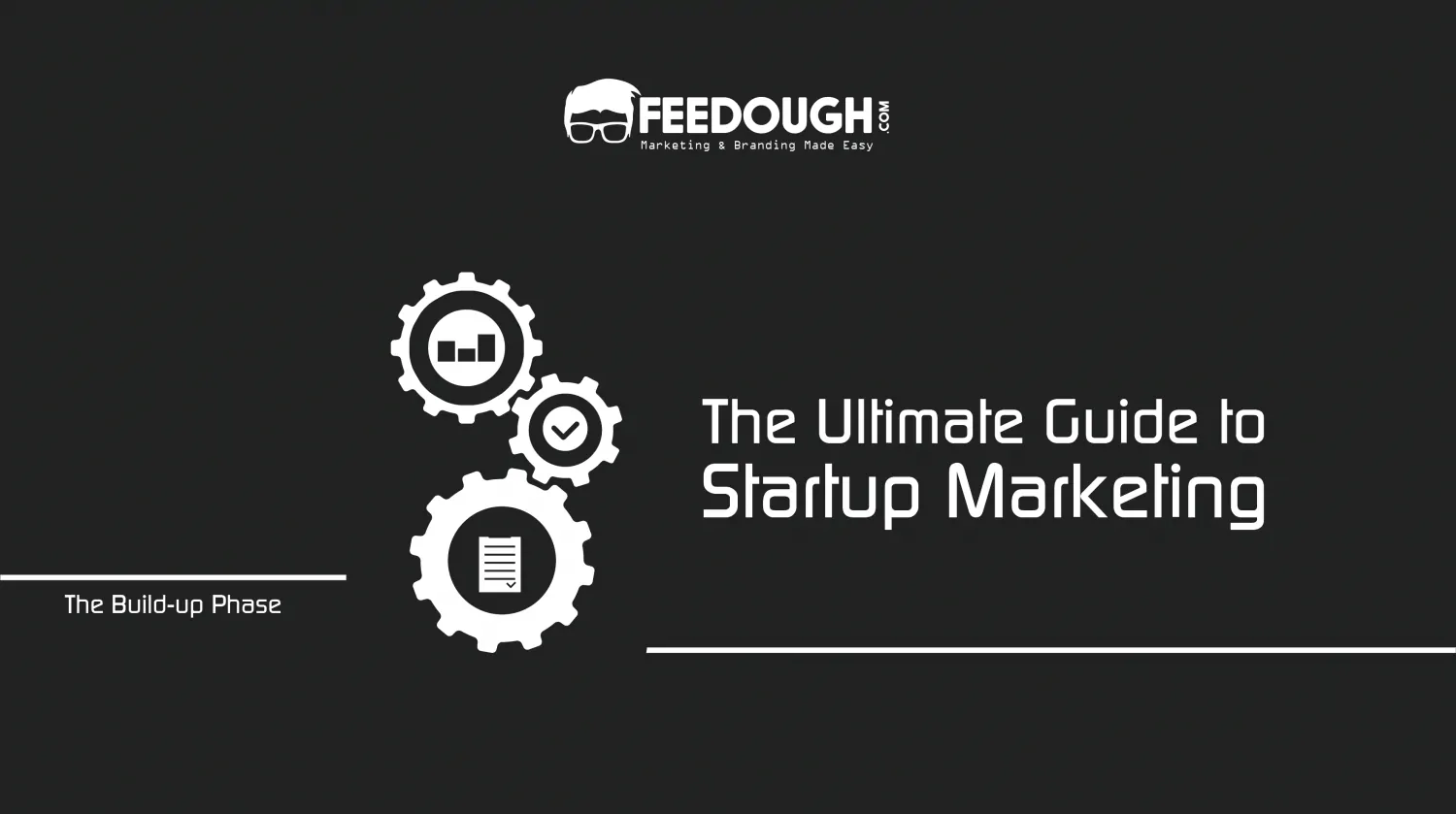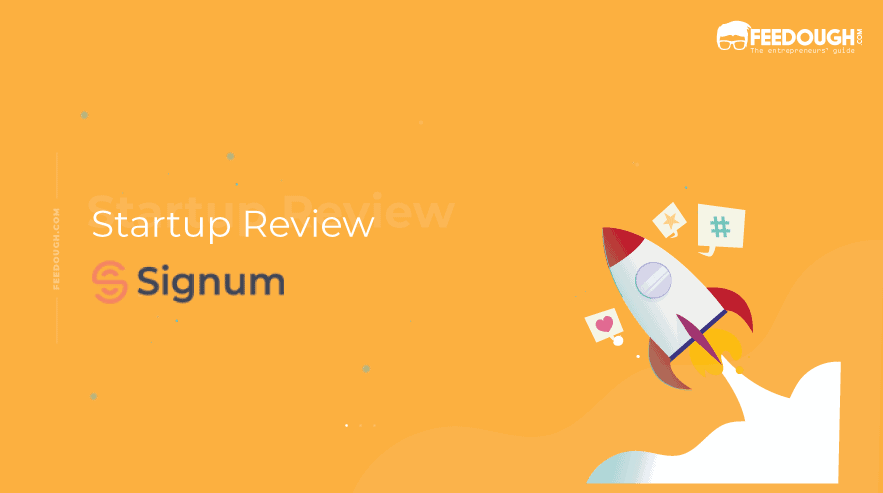Tim Berners-Lee launched the world wide web back in 1989, and ever since then, the web has been growing at an exponential rate.
Web, which initially started as a way for academics to share research and data, soon became a global phenomenon as the internet grew in popularity. As the days progressed, more people got online and became a part of it.
Today, the web is more relevant than ever, powering our social media networks, shopping websites and everything in between.
But with its rapid growth came a series of problems. The way the web currently works, it is far from perfect –
- A few companies, mainly giant corporations, control just about all of the internet.
- There is little transparency, as users have no idea what is done with their data.
- There is a lack of incentive for online content creators – the current model works against them.
- Sites have been hacked and millions of passwords leaked due to a lack of security.
- Webpages are increasingly becoming resource-intensive.
This led to a whole new web movement called Web 3.0 – a next-generation version of the web that is expected to solve these problems.
But what is Web3, what does it constitute and how it will change the web as we know it?
For that, we need to go a little back and understand the history of the world wide web.
What Is Web 1.0?
- Web1 (1989-2005): Web as an offering.
- Users are consumers.
Also called the static web, Web1 was the original web conceptualised by Tim Berners-Lee in the 1990s developed to democratise access to information. It offered a text-based interface and was a read-only medium.
Web1.0 allowed users to view the web – but not create it.
In many ways, Web 1.0 can be compared to email or mobile phones in that it only goes one way – from the issuer to the receiver. In this model, there is no feedback and no interactivity.
What Is Web 2.0?
- Web2 (2005-present): Web as a platform.
- Users data is a commodity.
Also called the dynamic web, Web 2.0 added intractability and personalisation to the Web1 model. Web 2.0 made the web a platform for users to share and collaborate. It gave rise to large social networks like Facebook, Twitter and Instagram, making the web a more engaging place for its users.
This model was designed to help users create data and not just consume it.
Web 2.0 introduced a social element to the web, as before it was only read-only. The focus shifted from a single point of origin to multiple points of interaction, promoting rich content and interactivity between users on an individual level rather than from a central authority.
However, it centralised the power among a few big corporations like Facebook and Google.
The user generated content but wasn’t rewarded for it.
Moreover, these corporations used this data for their own benefit, building vast profiles of each user and selling this data either to advertisers or other corporations.
Consider this:
- Corporations launched platforms powered by user generated data,
- They get numerous people to use it, and
- They make money using data provided by their userbase.
This model has its cons. Here are a few –
- Since Web2 is mostly controlled by a few corporations (like Google and Facebook, etc.), it makes the web less secure.
- Privacy was also compromised, as these corporations could use user content for their own benefit.
- Web2 is resource-intensive, using up a ton of storage space and bandwidth.
- Forgery, fake information, and plagiarism are rampant on the web.
Web2 is mostly a centralised system at its core, though it is open and allows interaction between users. Moreover, this model focused on benefitting only a few corporations. While users are used merely as content producers, these corporations use their data to profit.
What Is Web 3.0?
- Web3.0: Web as a network of value.
- Users are participants and contributors.
Web 3.0 – also referred to as the decentralised web – is a proposed next-generation internet protocol based on decentralisation and using blockchain technology to distribute power more equally among its users.
Unlike the previous models, it doesn’t rely on centralised authority and servers – instead, data is stored across millions of computers worldwide and accessible via encrypted links, thanks to blockchain technology.
Take Odysee, for example. It’s the Web 3.0 alternative to YouTube. Users can upload their videos on Odysee like YouTube. But unlike YouTube, the video isn’t uploaded to a central server. Instead, it is hosted on a blockchain and stored in many nodes. This way, no single authority can control or censor the content.
Another notable feature of web 3.0 is the semantic web, a machine-readable web that creates information that machines can read and use just like humans.
Characteristics of Web 3.0 –
Web 3.0 is different from its predecessors. It is a new idea that believes the web to be an ecosystem benefitting its users.
While considered a modern web, Web 3 is shaping up the web as Tim Berners Lee conceptualised it.
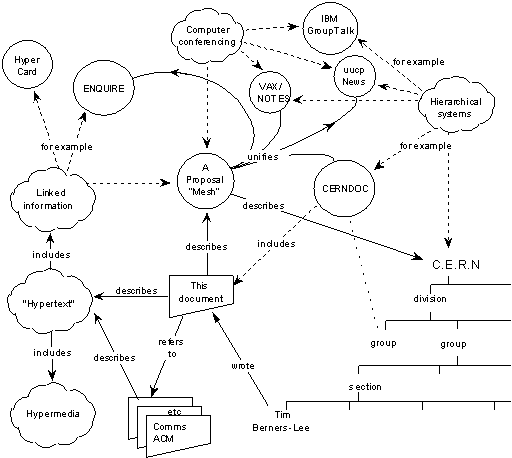
The Web 3.0 protocol is an idea with the following dominant features:
Web3 Is Decentralised
In web3, there are no centralised servers to store digital information and run the applications. It’s a non-centralised peer to peer system with each node storing some part of the information on its server.
Precisely, data is not just decentralised, it is distributed across millions of nodes that communicate through a peer-to-peer network which forms the base for data sharing.
Web 3 Is Powered By Blockchain Technology
Web 3.0 is powered by blockchain technology, where data is stored in blockchain-based decentralised storage systems. It uses consensus protocols to determine who owns which part of data and how it can be transferred.
This way, hackers will never be able to hack a single server and steal data, as the information is scattered throughout many nodes.
Blockchain technology can also ensure users that what they view/share on other nodes is authentic and hasn’t been tampered with by anyone.
Forgery of information is also eliminated as each data entry on the network is cryptographically signed, which allows keeping track of any changes made to it.
It Is Trustless and Permissionless
Trustless means that no third party is required for transactions between two parties. So, there’s no central authority governing the flow of information between two endpoints; nodes can freely exchange data without requiring supervision or permission from anyone.
Permissionless means that anybody with an internet connection can use the network – either to access it or contribute to it – without having to ask for permission from a centralised authority like Facebook or Google.
It Is Self-Governing
In a centralised system, a single authority or group like the company that launched the application has complete control over it. No one can change or influence the application’s code without getting permission from these authorities.
But in Web 3, there are no central authorities to rule over the network. Instead, it is governed by its users who contribute towards its maintenance and upkeep.
Earnings and revenue distribution is also dictated by the users participating in it.
Users Are Participants Who Control Their Data
With Web 3.0, users are not just content generators but participants in the network.
Web3 gives power to its users – which means they have complete control over their data and can use it as per their own choice. Users are also free to determine the value of their work after it has been added to the network, which is not possible in the previous models where Google or Facebook control user content.
Moreover,
The Web 3.0 model also allows users to be compensated for their contributions – for example, if you write an article or upload a photo on some social media platform, you will be rewarded with tokens (cryptocurrency) in return for your efforts.
This model also seeks to eradicate the need for a central authority while dealing with financial transactions.
Web3.0 Involves Tokenisation
Unlike the traditional web where transactions are carried out through fiat money like dollars, Web 3.0 is powered by cryptocurrencies like Polkadot, Solana, BAT, and Ethereum built on blockchain technology.
These tokens help the participants access and perform network tasks like rewarding content generators.
Tokens also facilitate the exchange of information and value between the users. For instance – one user might pay another user in their token to carry out a certain task using the application. The users can also use these tokens to buy other services on the Web 3.0 platform.
Moreover, stakeholders can use their tokens = to vote for changes in the network’s protocols and to add new features.
Semantic Web Concepts Power Web 3.0
Web 3.0 differs from other models as it’s a machine-readable web – data entered by users can be read and used by machines. It has its roots in the semantic web, where the information is stored using a common set of rules and standards that allow it to be interpreted unambiguously.
In simple words, the semantic web requires that the data entered on the web be machine-readable so that other machines can understand and use it just like humans.
Besides this, it also uses artificial intelligence and machine learning concepts to process high-volume data and make informed decisions.
Web 3.0 And Semantic Web
Tim Berners Lee originally introduced the concept of Semantic Web in 2001 – which was intended to be based on RDF technology. This was his version of Web3 – where the content on the network is tagged with metadata or information regarding its attributes.
This metadata helps browsers understand and interpret webpages easily as it gives context to the data contained on those pages by explaining their meaning.
In simple terms, it refers to the web of data that allows machines to process data just like humans.
That is, a web where machines will talk to machines and help humans derive useful information from it.
For example, you would instruct your intelligent agent to look for an appointment with a dermatologist nearby at a certain time. Your agent first understands your request, then contacts other intelligent agents of dermatologists nearby, scheduling an appointment for you with the doctor’s smart agent who then sets up a meeting.
It’s just like Siri doing tasks for you but being more intelligent to hold a conversation with other Siri.
But today’s idea of Web 3.0 is more than just semantic web. It is about taking this idea to the next level by using AI and blockchain technology. It is about taking this web of data and transforming it into a web of value.
Benefits Of Web 3.0
Web3 is the future, and no one can stop it. Its aim is to empower the users and protect their interests on the web, ultimately resulting in a fair and equal internet for everyone.
Here are some of its benefits:
- User privacy and security – with no central authority controlling user data;
- The end of internet censorship – as there will be no central authority controlling content on the network;
- Decentralisation – the network will be owned by its participants and no one else;
- Monetisation – users can get paid for their contributions on the network;
- Better content management – users will have full control over what they add to the network and how it is used;
- An equal and fair web – where everyone has the same or equal opportunities.
Disadvantages Of Web 3.0
The most obvious issue is that there are still a few hurdles that come with the decentralisation of Web3.
For instance, without a central authority to moderate and filter content on the network, some users will likely abuse the network to indulge in spamming, hate speech, or even terrorist propaganda.
Here are some of the other disadvantages:
- The technology is still new – hence there are no standard protocols or practices yet.
- It is complex, with lots of technicalities involved, making it difficult to understand for some users.
Web3.0 Examples – Applications In Development
There are a number of applications in development to implement the concept of web 3.0, some of which are already live.
Here are a few examples:
Steemit
Steemit is a blogging and social networking website where everyone can get paid for creating and curating quality content on the network. It also pays people who upvote quality content, thus rewarding everyone for interacting with it.
It is completely decentralised, with no central authority governing the network. It uses blockchain technology to reward everyone who participates on its platform.
Brave Browser
Brave is a web browser focused on user privacy and is headed by the former CEO of Mozilla, Brendan Eich. This browser is powered by the Basic Attention Token (BAT).
Brave browser pays users for their attention while they surf online. It protects user privacy by blocking trackers and ads that follow them across the web. Users are also paid in BAT for their attention when they see an ad on the browser.
Another interesting thing about Brave is that it is decentralised, with different nodes serving content to the browser users.
Filecoin
Filecoin aims at replacing current cloud storage providers like Dropbox and Google Drive by creating a decentralised file storage system that is very secure and private.
On this network, peers earn Filecoin tokens for hosting data on their discs. It has an incentive structure working based on supply and demand, where those who are willing to pay more for storage space get priority.
Livepeer
Livepeer is a decentralised video streaming protocol where everyone who participates gets paid for it.
In this protocol, broadcasters can earn tokens from their viewers to share quality content, while the nodes who run the network also get paid tokens from both broadcaster and viewer.
Bottom-Line?
Web 3.0 or Web3 is set to revolutionise the internet and it is only a matter of time before people start to realise its potential.
However, it’s not a one-app wonder. It will be a network of interconnected applications and different projects working in unison to provide a free and equal web for everyone.
It’s still in its early stages, but with the amount of work being put into these projects, we will likely see something revolutionary within the next few years.
Go On, Tell Us What You Think!
Did we miss something? Come on! Tell us what you think of this article on what is web 3.0 in the comment section.
A startup consultant, digital marketer, traveller, and philomath. Aashish has worked with over 20 startups and successfully helped them ideate, raise money, and succeed. When not working, he can be found hiking, camping, and stargazing.
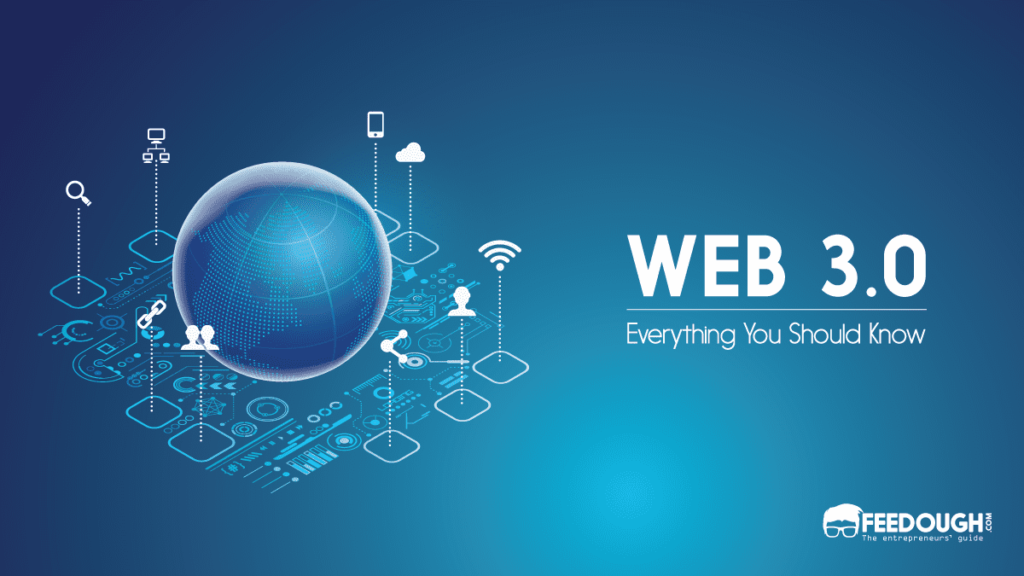

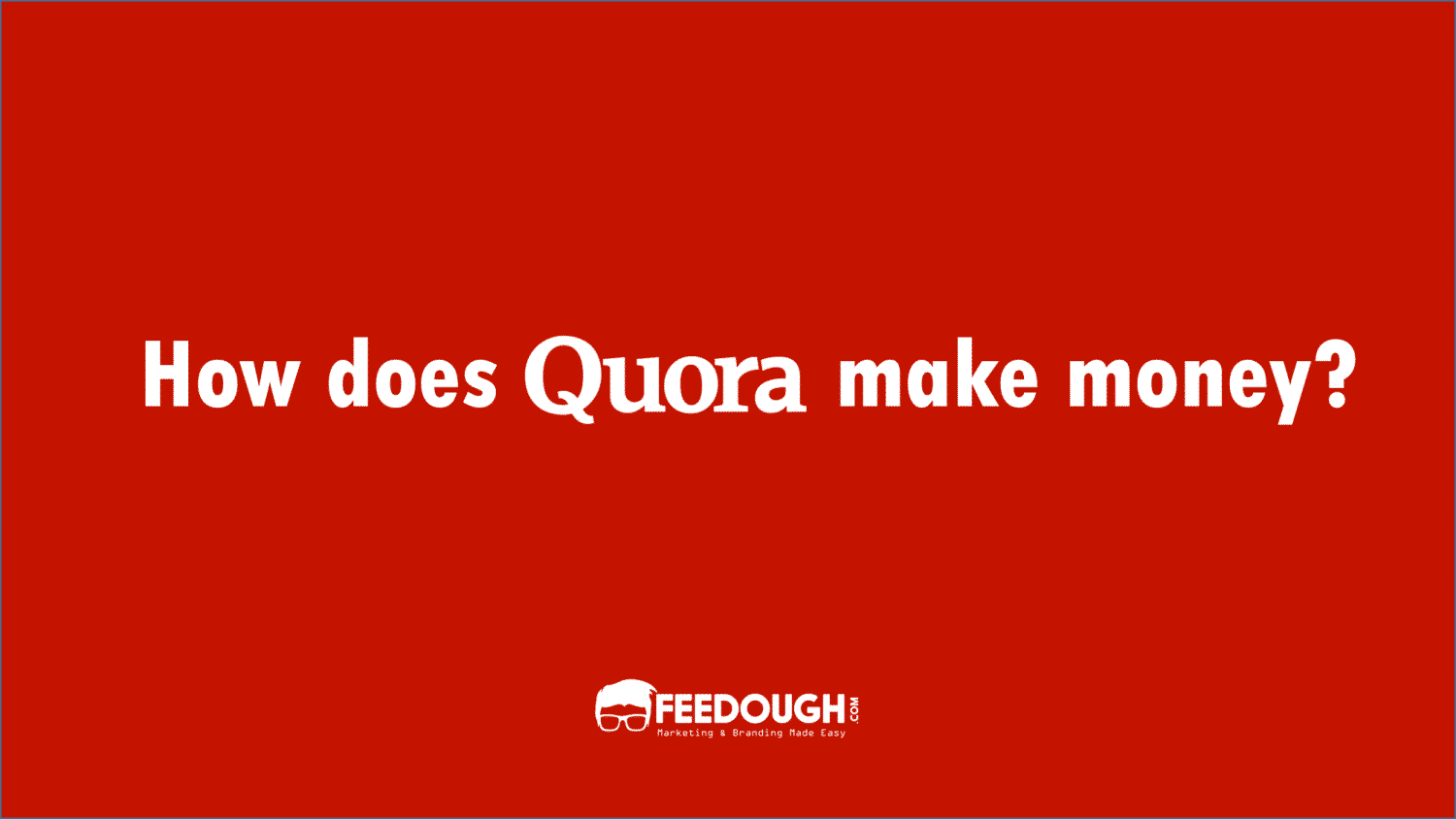
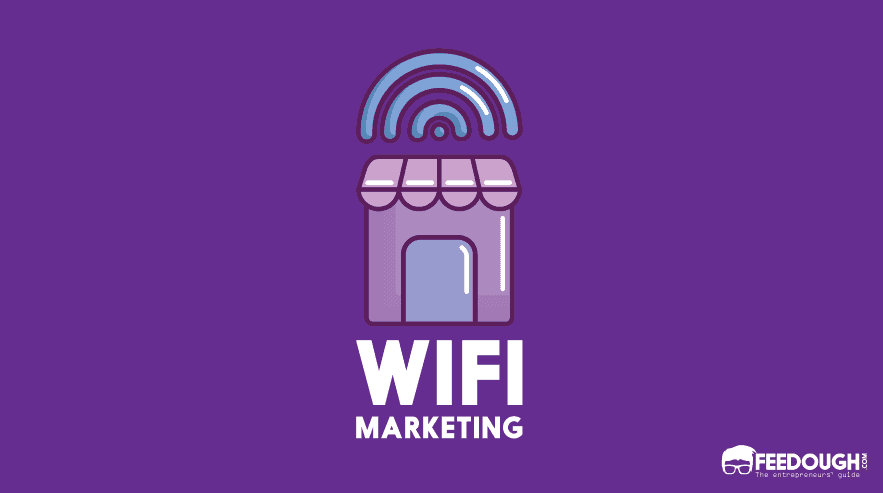
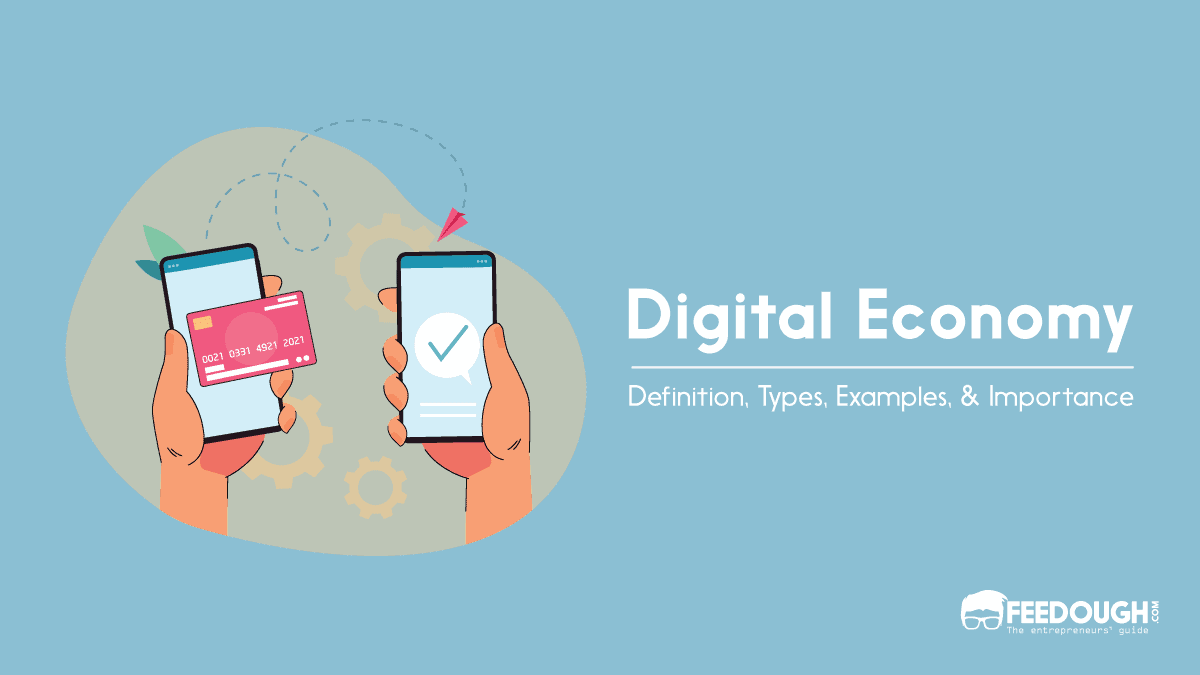
![How To Get A Startup Idea? [Comprehensive Guide] HOW TO GET A STARTUP IDEA](https://www.feedough.com/wp-content/uploads/2020/02/HOW-TO-GET-A-STARTUP-IDEA.webp)
